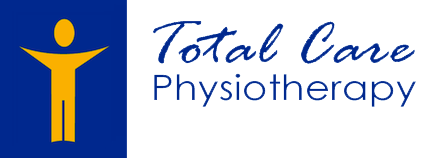Dry needling for myofascial pain is a very effective way of releasing painful and tight ‘trigger points’ in muscle and fascia.
Many people think that dry needling means acupuncture but in fact they’re not the same. Acupuncture is a treatment practiced in traditional Chinese medicine which is based on a body’s energy flow (“Qi” energy).
Dry needling is a treatment modality practiced by physiotherapists and it is based on western medicine and the knowledge of anatomy and neurophysiology.
Dry needling involves inserting small filament type needles to release tight muscles, swiftly and effectively, with the goal of permanently reducing muscle pain and dysfunction.
Manual therapists around the world are now using this technique to effectively treat acute and chronic musculoskeletal conditions.
Trigger points in muscles can be caused by emotional stress, postural strain, trauma, fatigue, altered breathing patterns, sleep deprivation, infections and mineral deficiencies. Once a trigger point is established it can become self perpetuating and persist for decades until it is adequately released. If the trigger point is not released it can lead to altered joint motion and be the cause of recurring neck, hip and low back pain for example. Dry Needling can physically break down the trigger points, ‘resetting’ the muscle and allowing for full strength and range of movement to return.
Problems that can be helped with dry needling include:
- Chronic back or neck pain
- Migraines and headaches
- Sports injuries
- Tennis elbow
- Repetitive strain injuries
- Work related injuries
- Motor vehicle injuries
- Nerve root pain
- Tight muscles
- Ankle pain
- Knee pain
Every treatment comes with the risk and it is the same with dry needling. There can be mild side effects such as tiredness or drowsiness for some people. Your physiotherapist will discuss these with you to make sure it is ok for you to have dry needling before any treatment commences.
How does dry needling work?
- Compared to normal tissue, a high concentration of chemicals which cause pain can be found in the trigger points. When the needle goes into the trigger point, it helps to normalise these chemical levels. Therefore, this helps to release muscle contraction and results in decreased pain.
- It can help to increase blood flow to the area to promote healing.
- It can regulate nerve communication in the nervous system to block the pain signal coming from the brain.
- Needling to an area away from the pain may block the pain signal from the affected area.



